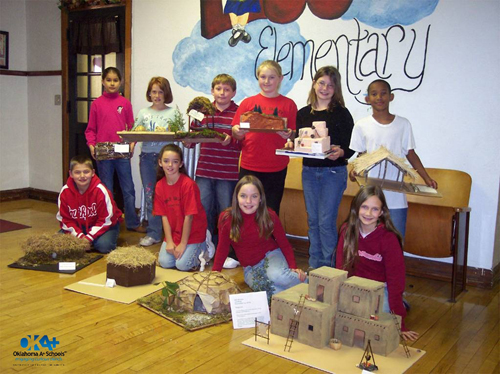
Des leaders d'opinion dans La recherche globale pour l'éducation series have consistently argued that an education without the arts is incomplete. The President’s Committee on the Arts and the Humanities report, Réinvestir dans l'éducation artistique: Gagner l'avenir de l'Amérique à travers les écoles Creative, made a powerful case for why education in the arts has never been more important than now. The report showed the link between arts education and student achievement in other subject areas. Beyond empowering students to create art and appreciate all art forms, l'étude illustre comment les stratégies d'éducation artistique jouent un rôle important dans la fermeture de l'écart de rendement, l'amélioration de l'engagement des élèves, et de nourrir la créativité et les compétences de la pensée novatrice essentielle pour le 21e siècle.
Qu'entendons-nous quand nous disons qu'au-delà des compétences et des connaissances, une formation en arts prépare mieux les élèves pour le 21e siècle?
Si vous avez été à travers l'établissement, interactif, dévoué, le processus de recherche de l'âme qui vient de jouer un rôle dans une danse, la production musicale ou théâtrale; si vous avez embrassé la discipline, ressource, ingéniosité, la passion et la persévérance qu'il faut pour créer un manuscrit original ou œuvre d'art — alors vous savez ce que cela signifie d'avoir utilisé la totalité de votre cerveau et vous serez mieux préparé à participer à l'économie mondiale.
Alors, où sont les modèles les écoles américaines qui font cela aujourd'hui?
Lors de la visite du Centre Educare à Oklahoma City (la maison à l'un des 68 écoles dans le réseau A des écoles de l'Oklahoma), Le. S. Secrétaire à l'éducation Arne Duncan a commenté, “A école réseau de l'Oklahoma nourrit la créativité dans tous les étudiants — et une évaluation récente montre non seulement que le programme augmente le rendement des élèves, mais augmente la fréquentation et diminue les problèmes de discipline ainsi.”
Sir Ken Robinson décrit A école réseau de l'Oklahoma que “un programme révolutionnaire en insistant sur les arts comme un moyen d'enseigner une grande variété de disciplines dans le curriculum.”
Je ai eu le privilège de parler avec Jean Hendrickson, Directeur exécutif du Programme des écoles Oklahoma A , un mouvement d'éducation que les écoles de plus en plus américains répliquent.
Se il vous plaît me dire à propos de A écoles: the early beginnings in North Carolina to Oklahoma, la vision, et les enseignements tirés à ce jour.
Le A Écoles’ initiative a débuté en Caroline du Nord 1995 lorsque l'Institut des Arts Keenan recruté 25 Écoles Caroline du Nord dans une étude afin de déterminer ce qui pourrait arriver dans les écoles si les arts sont un élément central de la réforme de l'école. The outcome of that 4-year study showed that schools steeped in the arts and supported with collaborative networks and ongoing professional development produced great results. Test scores were good, the climate was marvelous, teachers felt respected and supported, et les communautés (regardless of demographics) were engaged in the schools.
Oklahoma A+ Schools began its first Five-Day Summer Institute training in 2002. Fourteen schools completed the initial year. We now have trained more than 68 schools statewide. The schools span the state and have students from early childhood through high school. They are rich and poor, urbain, suburban, and rural, large and small, public, privé, and charter. En bref, they represent the demographics of the state, truly affirming the value of an approach to school that systematically frames the kind of educational environment that should be present in order to motivate, éduquer, and celebrate every child and every teacher in the school, regardless of the demographics.

What does the program believe an arts curriculum should look like in primary and secondary school education?
The framework for OK A+ Schools has eight essential components that bind all of our schools together. We believe that all schools must commit to working within a framework that uses all eight A+ Essentials systematically as they address the work of school. They are: Lettres, Curriculum, Experiential Learning, Multiple Learning Pathways, Enriched Assessment, Collaboration, Infrastructure, and Climate.
For the Arts Essential, OK A+ Schools supports arts everyday for every child. It is important for multiple art forms to be present within the school experience, including visual art, musique, danse, and drama, along with creative writing and design. Because the resources at schools can differ considerably, with some schools having arts specialists in four arts disciplines and other schools having no arts specialist in any discipline, we do not dictate how the arts are specifically addressed. The fact is, regardless of the level of resources, it’s important that schools are held accountable for providing arts teaching, both in the disciplines themselves and in connections to other disciplines (arts integration). Schools start with their mandated curriculum and work from there. Par exemple, in public schools in Oklahoma, visual art and music are required to be taught in a sequential manner to all students, beginning in kindergarten.
By using our second Essential, Curriculum, OK A+ helps schools lay out a sequence of study that includes the arts and that ties to other curricular areas over the course of the year. This process inevitably reveals gaps in instruction that then help schools target areas for which they will need professional development. OK A+ Schools can provide A+ Fellows who are specialists in various arts disciplines to train teachers in the basics of the arts disciplines and help them make connections to other curriculum. This process, over a period of about three years, builds the capacity of a school to provide arts education while highlighting the value of arts specialists as part of the school’s instructional team.
The goal is to have an arts curriculum that is relevant and provided daily so that the arts become a natural and connected part of daily learning. By the end of the school’s three-year implementation period, we expect to see the four major art forms in evidence throughout the school. This is the expectation in both primary and secondary schools. At the secondary level, the individual preferences of the students are more in evidence and practiced in specific classes (visual art, danse, la photographie, and so on.) De nouveau, the courses vary according to the community, but we still expect interdisciplinary work to be evident and for teachers of math, the humanities, and the sciences to regularly incorporate the arts and collaborate with arts staff.
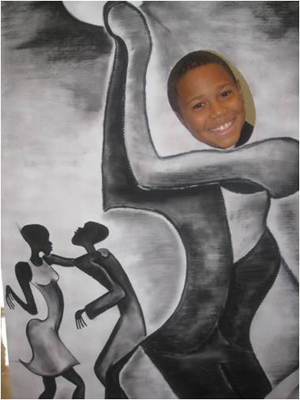
How has the A+ program enhanced schools that have embraced it? Why are these schools better than they were before?
Our researchers have documented higher achievement scores, better attendance records for both students and teachers, a general sense of joy and well-being, greater parent involvement, and fewer discipline issues than other schools in the state.
One of our principals put it this way: There are more opportunities for the kids to demonstrate their strengths and teachers are more open to the variety of ways kids can demonstrate their learning. Teachers know they have permission and expectation to evaluate student knowledge in different ways.
A teacher reported to one of our researchers: This is the happiest I’ve been since I became a teacher.
Another teacher commented to a researcher: Kids come to school excited about new challenges. They know they can be successful at something and often ask, “What are we learning today?”
Can you give me some examples of how the A+ program is used to enhance curriculum?
One of my favorite examples of how the A+ process enhances the curriculum again comes from an anecdote from one of our researchers. He tells of walking into an elementary school classroom to make an observation and take field notes. The class was busy with a project that looked like they must have been making dolls of some kind. Il a demandé à un étudiant qui l'a informé qu'ils ont été la conclusion d'une étude des peuples amérindiens et créaient leurs propres poupées de type kachina. Le chercheur a demandé l'étudiant si ce était une classe d'études sociales ou une classe d'art. L'étudiant a répondu, “Les deux!”

Photos gracieuseté du Programme Oklahoma A Écoles.
Dans La recherche globale pour l'éducation, joindre à moi et leaders d'opinion de renommée mondiale dont Sir Michael Barber (Royaume-Uni), Dr. Leon Botstein (États-Unis), Dr. Linda Darling-Hammond (États-Unis), Dr. Madhav Chavan (Inde), Le professeur Michael Fullan (Canada), Professeur Howard Gardner (États-Unis), Professeur Yvonne Hellman (Pays-Bas), Professeur Kristin Helstad (Norvège), Jean Hendrickson (États-Unis), Professeur Rose Hipkins (Nouvelle-Zélande), Professeur Cornelia Hoogland (Canada), Mme. Chantal Kaufmann (Belgique), Professor Dominique Lafontaine (Belgique), Professeur Hugh Lauder (Royaume-Uni), Professeur Ben Levin (Canada), Professeur Barry McGaw (Australie), Professeur R. Natarajan (Inde), Dr. Denise Pape (États-Unis), Sridhar Rajagopalan (Inde), Dr. Diane Ravitch (États-Unis), Sir Ken Robinson (Royaume-Uni), Professeur Pasi Sahlberg (Finlande), Andreas Schleicher (PISA, OCDE), Dr. Anthony Seldon, Dr. David Shaffer (États-Unis), Dr. Kirsten immersive, (Norvège), Chancelier Stephen Spahn (États-Unis), Yves Thézé (Lycee Francais US), Professeur Charles Ungerleider (Canada), Professeur Tony Wagner (États-Unis), Professeur Dylan Wiliam (Royaume-Uni), Professeur Theo Wubbels (Pays-Bas), Professeur Michael Young (Royaume-Uni), et le professeur Zhang Minxuan (Chine) alors qu'ils explorent les grandes questions d'éducation de l'image que toutes les nations doivent faire face aujourd'hui. La recherche globale pour l'éducation communautaire page
C. M. Rubin est l'auteur de deux séries en ligne largement lecture pour lequel elle a reçu une 2011 Upton Sinclair prix, "Le Global Search pour l'éducation» et «Comment allons-nous savoir?"Elle est également l'auteur de trois livres à succès, Y compris The Real Alice au pays des merveilles.


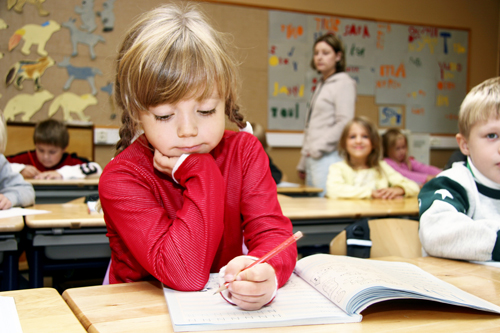
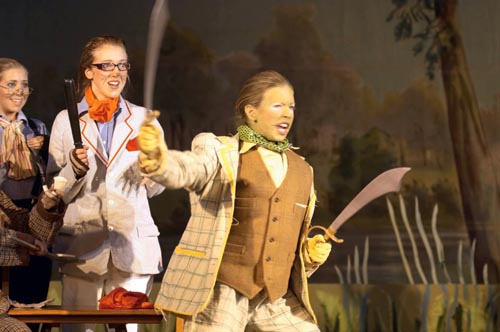
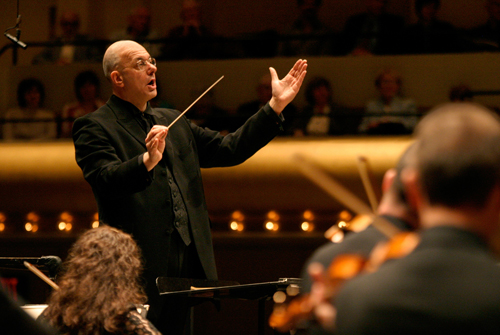
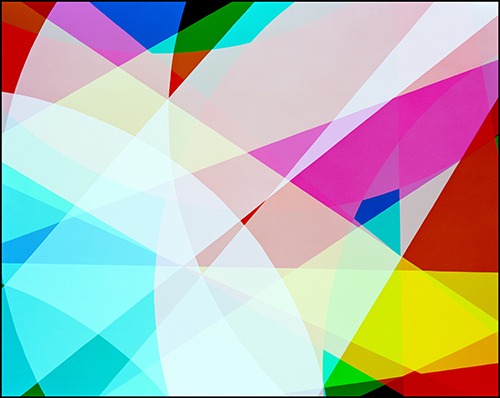
Commentaires récents